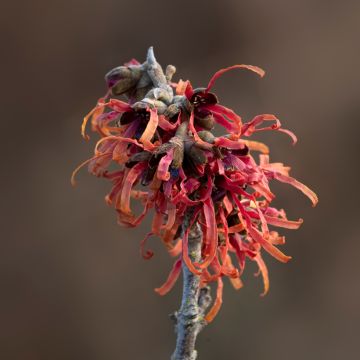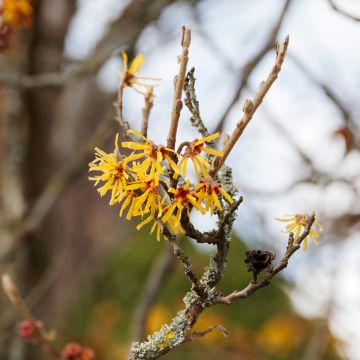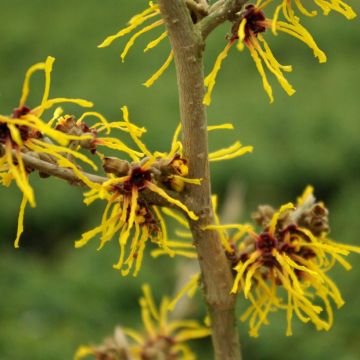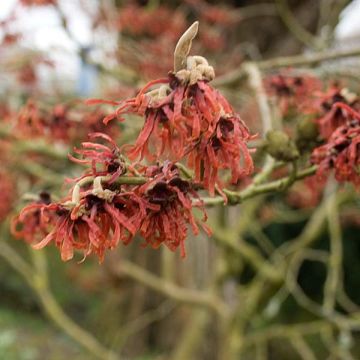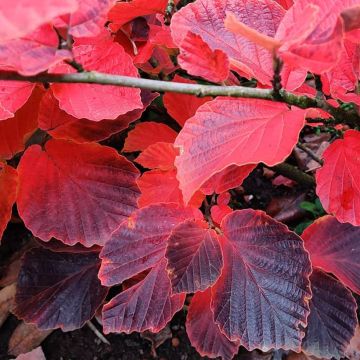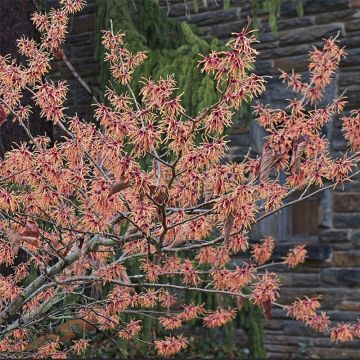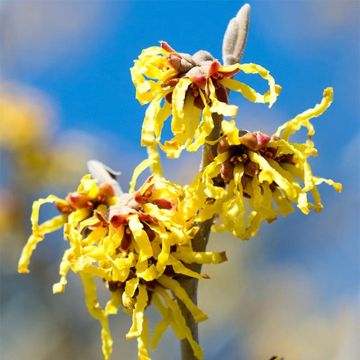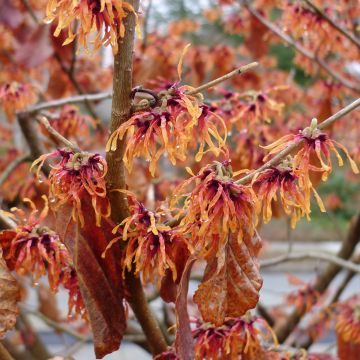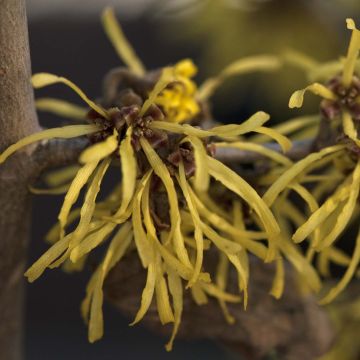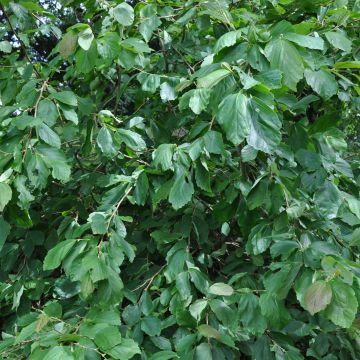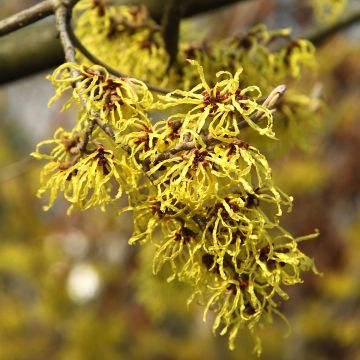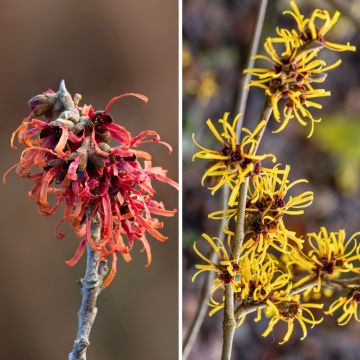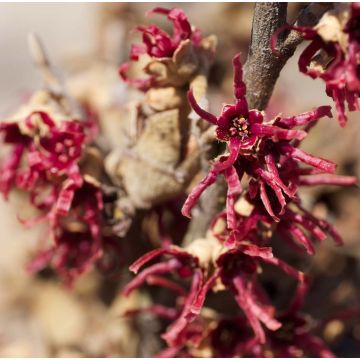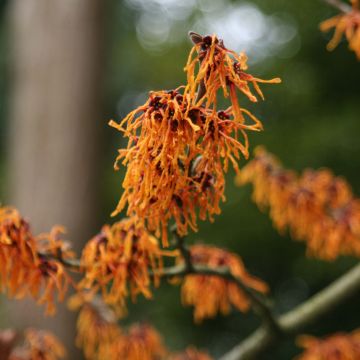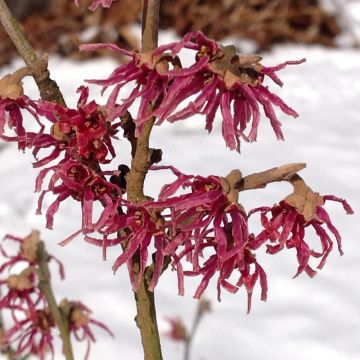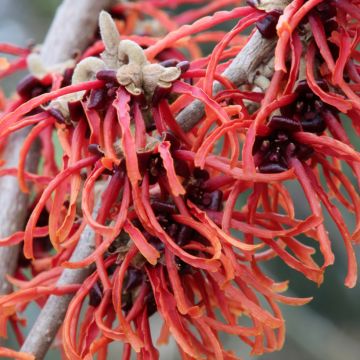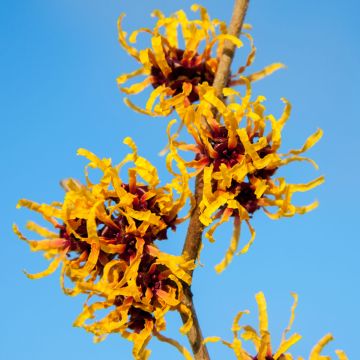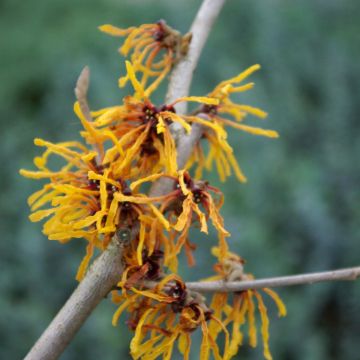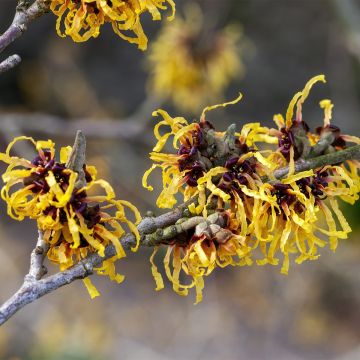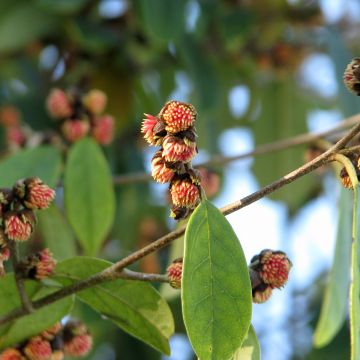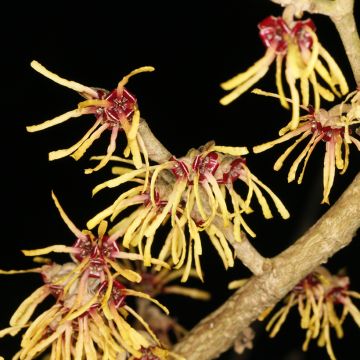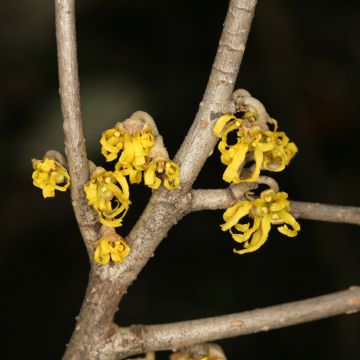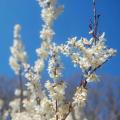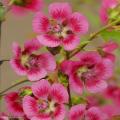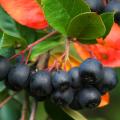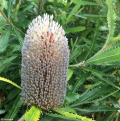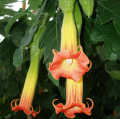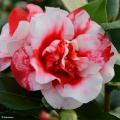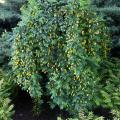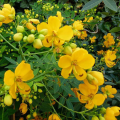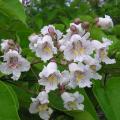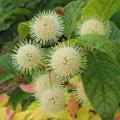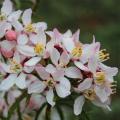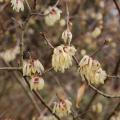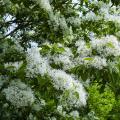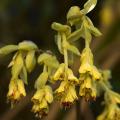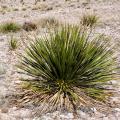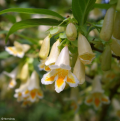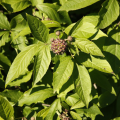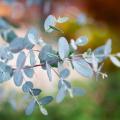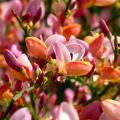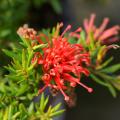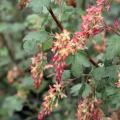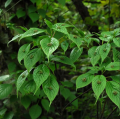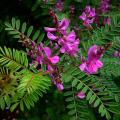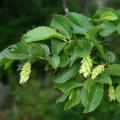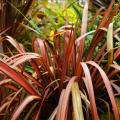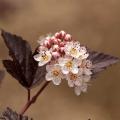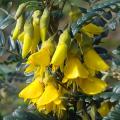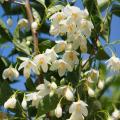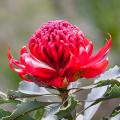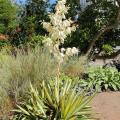Hamamelis - Witch-hazel
Does this plant fit my garden? Set up your Plantfit profile →
Available in 2 sizes
Available in 2 sizes
Available in 1 sizes
Available in 2 sizes
Available in 1 sizes
Available in 1 sizes
Available in 2 sizes
Available in 1 sizes
Available in 1 sizes
Available in 1 sizes
Available in 1 sizes
Available in 1 sizes
Available in 1 sizes
Available in 1 sizes
Available in 1 sizes
Available in 1 sizes
Available in 1 sizes
Available in 1 sizes
Available in 1 sizes
Available in 1 sizes
Available in 1 sizes
Available in 1 sizes
The Hamamelis are lovely shrubs that offer one of the most beautiful winter flowers. They are hardy, with a nice spreading shape, they have large ovate leaves, 5 to 10cm (2 to 4in) long, turning coppery yellow in autumn. Their thread-like flowers, yellow, orange or red, on bare branches, resemble spiders and emit a light fragrance. The Hamamelis mollis has golden yellow flowers while the Hamamelis Intermedia Ruby Glow is more red. These plants are slow-growing, Hamamelis are planted in rich, moist, humus-rich, acidic soil in sunny or semi-shaded positions. Flowering and autumn colors are reduced in shade. Pruning simply involves balancing the branches to maintain a regular shape. Hamamelis are used as solitary plants in a well-cleared area, against a backdrop of conifers or evergreens but we recommend planting close to the house to enjoy their gentle fragrance. In phytotherapy, the leaves and bark are mainly used against venous insufficiency. Witch hazel water, found in many cosmetics, has soothing properties for skin inflammations. Tip: If the leaves remain yellow in summer, the soil is certainly too chalky. Transplant it into a new area filled with heather soil and forest compost.
Haven't found what you were looking for?







































